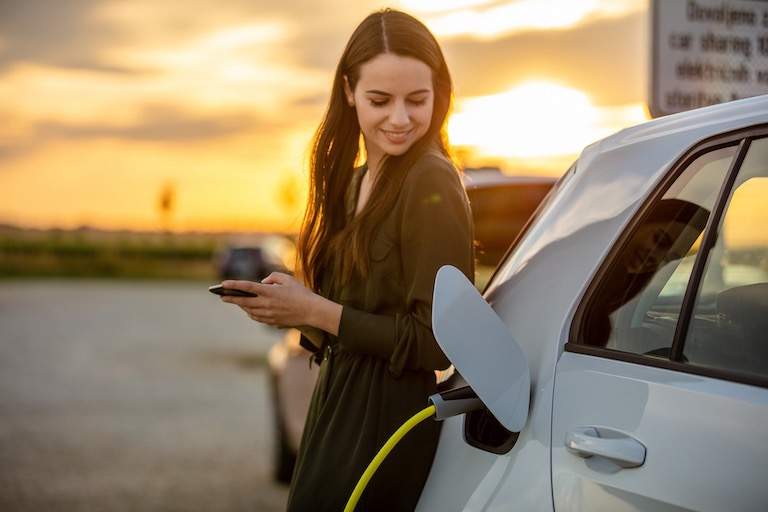
Volvo Concept Recharge previews Swede’s carbon-neutral strategy
Sustainable materials, production and charging could yield sub-10 tonne total CO2 impactVolvohas released fresh details about how it will evolve as a brand in its drive towards carbon neutrality by 2040, using its Concept Recharge concept car as a catalyst to usher in a heap of new sustainable materials.
In the coming years, Volvo will place an even greater emphasis on using sustainably sourced materials both within the cabins and for the exteriors of its future models including Tencel fibre-based fabric, Nordico (eco-friendly imitation leather), flax composite and genuine Swedish wool.
Combined with various other eco-friendly practises, the premium brand says the manufacturing of these materials can help reduce a car’s lifecycle CO2 impact by 80 per cent compared to a 2018 XC60 with no drop in quality.
If the Concept Recharge was in production as is, Volvo is claiming a lifecycle CO2 impact of below 10 tonnes when charged with 100 per cent renewable energy such as solar or wind power.
Part of Volvo’s sustainability drive is to make its cars as aerodynamic as possible in order to extend the range as far as possible, thereby reduce the charging frequency.
Even the tyres will play their part in reducing CO2 emissions and not just through low rolling resistance – the bespoke Pirelli rubber on the Concept Recharge is completely free from mineral oil and made from 94 per cent fossil-free materials.

“As we enter the age of the electric car, how far you can drive on a full charge will be a key consideration,” said Volvo Cars strategic and design head Owen Ready.
“The easy approach is to add more batteries, but it is not the same as simply adding a bigger fuel tank today – batteries add weight and increase carbon footprint.
“Instead we have to increase overall efficiency to increase range.”



Please see our Editorial Guidelines & Code of Ethics (including for more information about sponsored content and paid events). The information published on this website is of a general nature only and doesn’t consider your particular circumstances or needs.
























